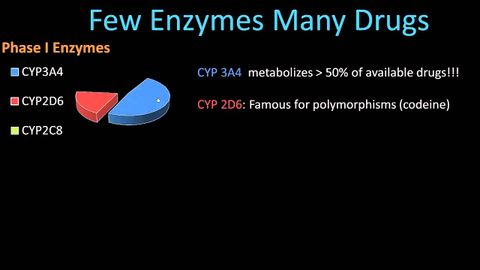第二階段的新陳代謝--藥理學 第8講 (Phase II Metabolism - Pharmacology Lect 8)
Yu Syuan Luo 發佈於 2021 年 01 月 14 日  沒有此條件下的單字
沒有此條件下的單字- n. (c./u.)音樂團體;組;團隊;組;團體;組;基團
- v.t.分組
- v.t.吸引注意;吸引人;拉;拖;汲取;引出
- n. (c./u.)引人之處;抽籤;平局
- v.i.靠近;接近;以平局收場
- v.t./i.畫圖
- n. (c./u.)成品;工作的成果;產品;作品;工作;職業;工作(場所);(工作等的)成果
- v.t./i.起作用;行得通;運轉;運作;運行;活動;起作用;有效用;(機器等)運轉;活動
- adj.工作相關的
- n. (c./u.)單詞;承諾;感言、一段話
- v.t.字

